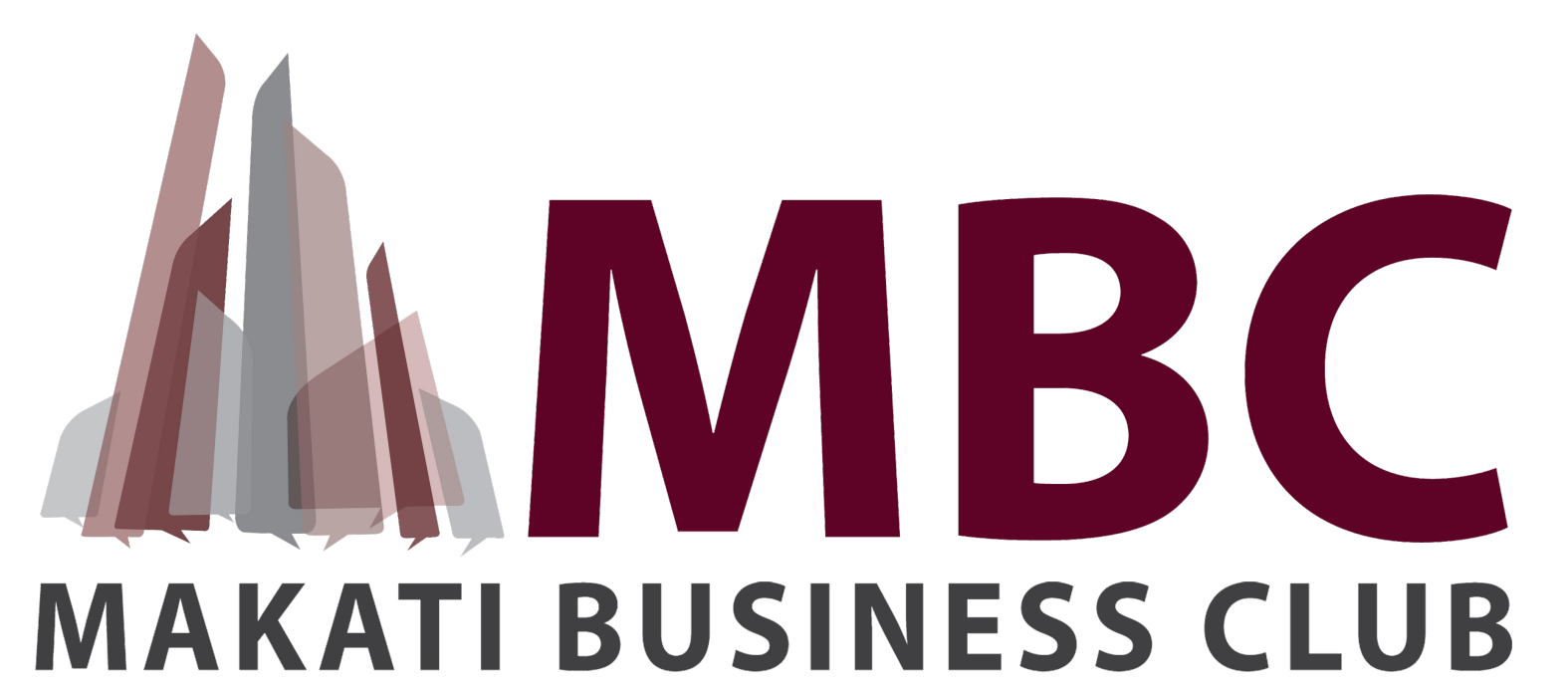By: Julia Abad
The future of “work” has become more than just a buzzword, and is now a focal topic of discussion in several international fora. To contextualize this point: Google recently introduced a new product being developed, “Google Duplex,” where it was revealed that the company’s Artificial Intelligence technology could eventually make phone calls and engage in conversations on our behalf, and eventually reach a wider base of consumers and businesses and streamline processes.
No question about it, the Fourth Industrial Revolution is happening and is transforming human activities. This could eventually change the face of the workplace and affect our workforce. In particular, these changes, and the prevailing outlook on women’s contributions in the workplace, be it positive or negative, are factors that may affect the very work foundation we are all accustomed to.
Gender equality as a business strategy.
More businesses are now investing in diversity and inclusion initiatives. Evidence points to greater competitiveness when this happens; the culture change also provides companies a more diverse pool of talents, which ultimately benefits the organization. A 2016 Peterson Institute for International Economics study reveals that firms with more women leaders (C-suite level) can expect a 6-percent increase in net profit.
The Philippine Business Coalition for Women Empowerment—launched last year through the Australian Department of Foreign Affairs and Trade’s Investing in Women initiative and in partnership with the Philippine Women’s Economic Network—aims for gender equality in the workplace and women’s economic empowerment nationwide. The coalition’s seven founding members are working to identify and set benchmarks on policies and practices that are known to promote gender equity in the workplace. This is done through the Economic Dividends for Gender Equality assessment, which evaluates the companies’ workplace gender equality performance against global and industry benchmarks.
To progress “beyond the traditional trend,” companies must recognize that competence in the workplace knows no gender, and must support this with concrete action. Equality should be less a catchphrase and more a strategic guide to this end, informing the company’s business track in order to boost talent acquisition and retention, and further tap into human resource potential.
Addressing the gender gap through STEM.
With technological advances constantly shifting the landscape of work, the displacement of low-skilled manufacturing and service workers is an inevitable result. In this situation, the most vulnerable are women, especially women who remain underrepresented in leadership positions and in the fields of Science, Technology, Engineering and Mathematics (STEM).
The workplace of the future will require its workers to have new and advanced skills that are mostly digital and technical. Such skills are not gender-specific. Thus, the key to a strong future workforce is the acquisition of STEM-skilled employees to ensure that companies are also growing and adapting to change.
While we can say that major organizations are now working together to promote STEM track education for girls, nudge the education system toward greater equality, and encourage students to take on STEM-related careers, industries must be able to prepare the workplace for the influx that will result from such diversification, and evaluate if policies are in place to truly sustain this positive trend.
Shaping the future of work
Inevitably, the future of women at work is the very future of work, whether in the Philippines or beyond.
———-
Posted on 16 June 2018 under Business Matters section of The Philippine Daily Inquirer
